Rising Demand for Mobile Data Services
the cellular networks market in Canada is experiencing a notable surge in demand for mobile data services. With the proliferation of smartphones and mobile applications, consumers increasingly rely on high-speed internet access for various activities, including streaming, gaming, and remote work. According to recent statistics, mobile data traffic in Canada is projected to grow at a CAGR of approximately 30% over the next five years. This escalating demand compels network providers to enhance their infrastructure and invest in advanced technologies, thereby driving growth in the cellular networks market. Furthermore, the increasing adoption of mobile payment solutions and e-commerce platforms further fuels the need for robust cellular connectivity, indicating a shift in consumer behavior towards mobile-centric services.
Growing Adoption of Smart Devices and IoT
The growing adoption of smart devices and Internet of Things (IoT) technologies significantly impacts the cellular networks market in Canada. As more households and businesses integrate smart devices, the demand for reliable and high-speed cellular connectivity increases. Recent estimates suggest that the number of connected devices in Canada could reach over 100 million by 2026, creating substantial pressure on existing network infrastructure. This trend compels service providers to invest in expanding their networks and enhancing capacity to accommodate the influx of connected devices. Consequently, the cellular networks market is likely to experience robust growth as it adapts to the evolving technological landscape and consumer preferences.
Government Initiatives and Regulatory Support
Government initiatives play a pivotal role in shaping the cellular networks market in Canada. The Canadian government has implemented various policies aimed at promoting competition and enhancing network coverage across urban and rural areas. For instance, the Universal Broadband Fund allocates significant financial resources to improve connectivity in underserved regions. Additionally, regulatory bodies such as the Canadian Radio-television and Telecommunications Commission (CRTC) actively monitor and enforce regulations that ensure fair pricing and service quality. These supportive measures not only encourage investment in network infrastructure but also foster innovation within the cellular networks market, ultimately benefiting consumers through improved services and competitive pricing.
Increased Competition Among Service Providers
The cellular networks market in Canada is characterized by heightened competition among service providers. Major players continuously strive to differentiate their offerings through innovative pricing models, enhanced customer service, and value-added services. This competitive landscape has led to a decrease in average service costs, benefiting consumers. Recent data indicates that the average monthly mobile service cost has declined by approximately 15% over the past three years. Additionally, the entry of new players into the market intensifies competition, prompting established providers to innovate and improve their service quality. This dynamic environment fosters a more consumer-friendly market, ultimately driving growth in the cellular networks market.
Technological Advancements in Network Infrastructure
Technological advancements significantly influence the cellular networks market in Canada. The ongoing evolution of network technologies, such as the transition from 4G to 5G, enhances the capacity and speed of mobile networks. This transition is expected to facilitate the development of new applications and services, including augmented reality and smart city solutions. As of November 2025, several Canadian cities have already begun to implement 5G networks, with coverage expected to reach over 80% of the population by 2026. Such advancements not only improve user experience but also attract investments from tech companies looking to leverage enhanced connectivity, thereby propelling growth in the cellular networks market.


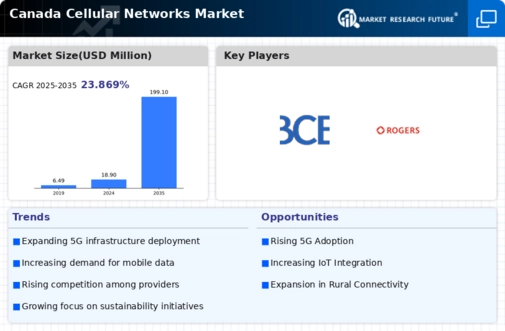
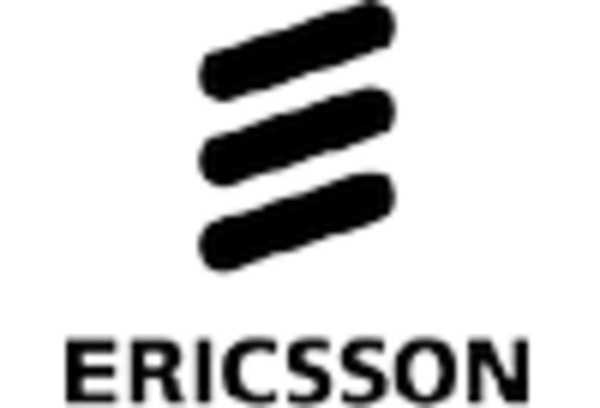
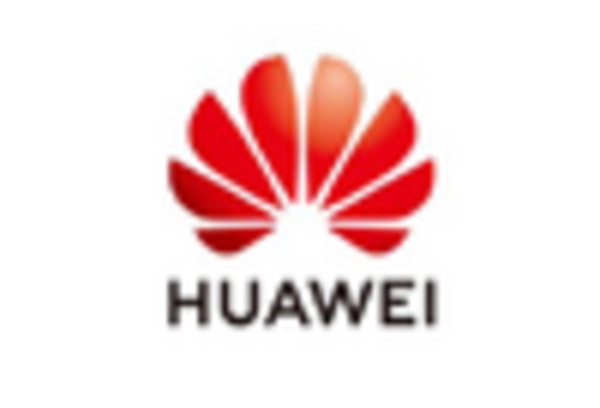


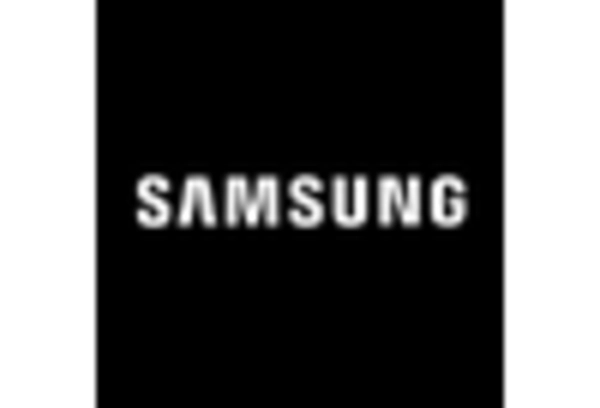
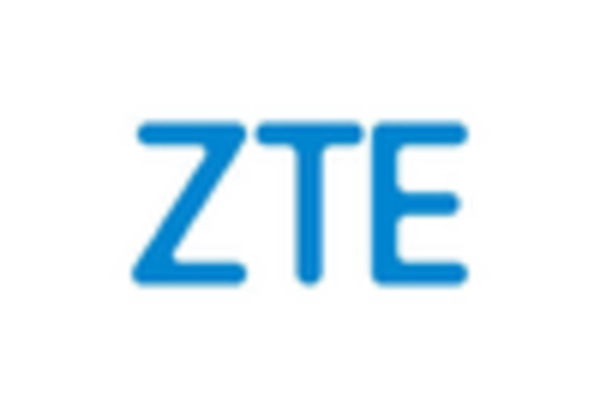








Leave a Comment